It is said that calligraphy began to develop in
Of the various traditional calligraphy styles, such as Banaii, Mohaqqeq, Taliq, Meidani, Nastaliq, Shekasteh-Nastaliq, Naskh, and Sols, only the last four are still used in
Many prominent calligraphers, including Mir Emad Qazvini in the Safavid era, Mirza Zeinolabeddin Mujeznegar in the Zand era, and Malek Mohammad and Mirza Mohammad Hossein Seifi Qazvini (Emadolketab) in the Qajar era, who contributed to the refinement of Iranian culture, came from this city.
Each of these masters developed a specific style of calligraphy. The works of Mir Emad Qazvini and other Qazvini calligraphers are world famous.
Master calligrapher Abolhassan Mohasses Mostashari believes that calligraphy is a sacred art which deeply moves people because it consists of inscriptions of holy verses as well as literary and mystical words.
The identity of each society depends on the artistic and cultural works created by the artists of that society, the Qazvini calligrapher added.
Artists should be supported so they can create eternal works, he opined.
“For example, the artists in the Achaemenid, Sassanid, and Safavid eras created marvelous masterpieces because they enjoyed the patronage of the government,” he added.
He lamented the fact that present-day Iranian officials have not prioritized art.
Thus, artists have to worry about their economic problems when they should be creating artworks, he said.
He went on to say that the Iranian Calligraphers Association is the only organization which cares about and supports the art form.
Another prominent Qazvini calligrapher, Ahmad Pilechi, said he believes that calligraphy fulfills the aesthetic sense of both the calligrapher and the viewer, inviting them toward peace and tranquility.
The art form has developed greatly over the past three decades in
Qazvini calligraphy teacher Ahmad Kamkar said that modern technology and industry have disrupted the spiritual and mental serenity of mankind and it can only be revived through the use of art.
He conceded that the younger generation, which is used to learning every field through computers, is not patient enough to spend years refining their calligraphy skills.
He also elaborated on the history of calligraphy in
Another calligraphy teacher in
Nevertheless, he emphasized the importance of the academic training of students.
Nowadays, each individual’s identity is submerged in insecurity caused by modern technology, and they seek something to address their emotions and feelings, he observed.
Yazdi, who is also the director of the Qazvin Calligraphers Association, is convinced that the city has been the home of great calligraphy masters who left wonderful artworks that contributed to Iranian culture.
Qazvini calligrapher Mehrzad Mohasses Mostashari also maintains that
He said Mir Emad Hassani Qazvini of the Safavid era is an artist whose works are on display in many famous museums throughout the world.
“Calligraphers have played an important role in developing culture in
He called
One hundred talented students have been trained by the Qazvin Calligraphers Association.
NM/HG
End
MNA




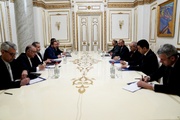
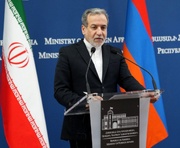

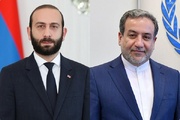









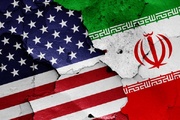


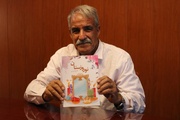
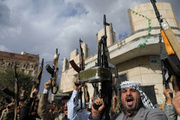
Your Comment